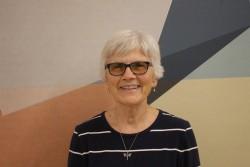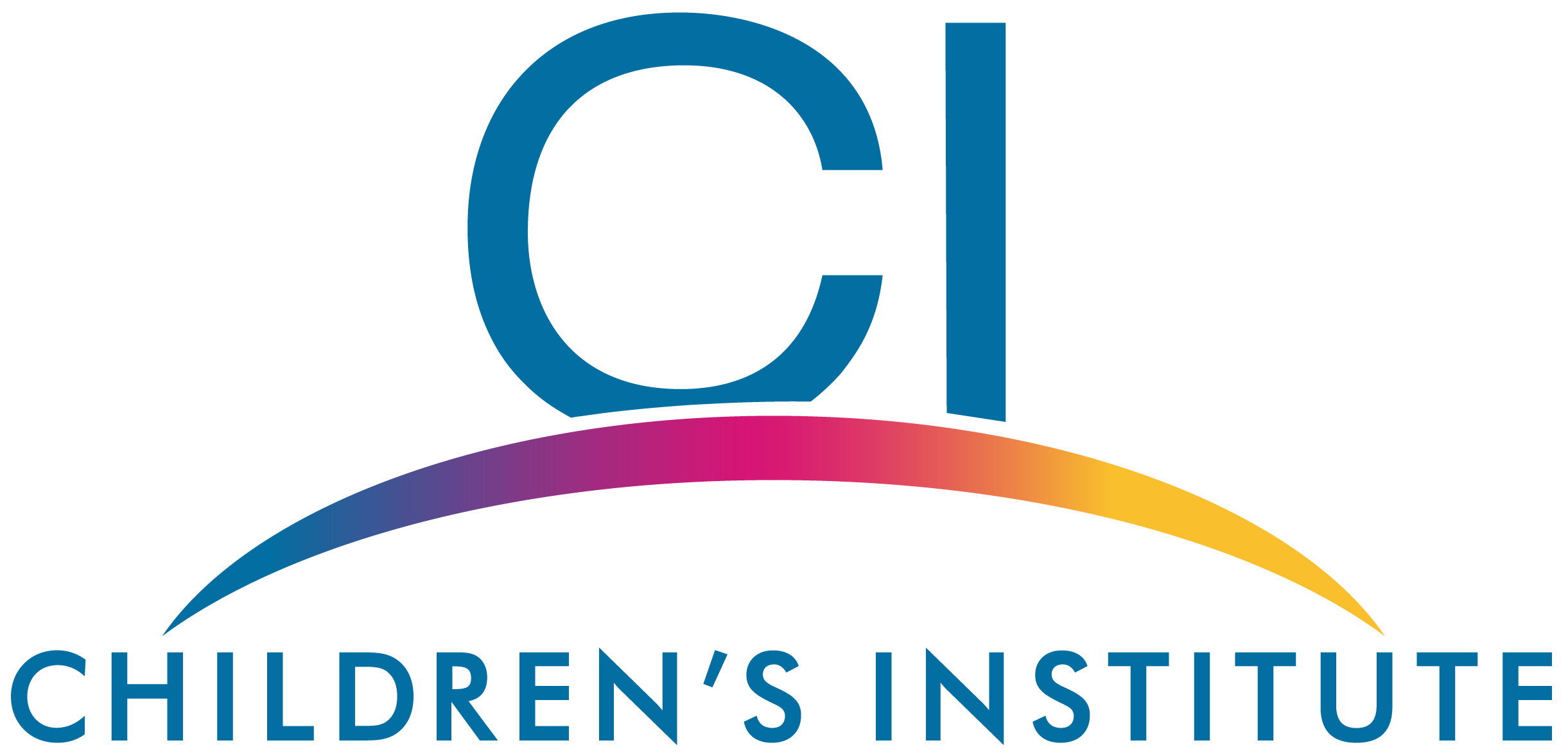My Journey with Primary Project
When my children were young in the early 1980s, I was looking for a job in the schools so that I could be on the same schedule as my kids. As luck would have it, I saw a BOCES 1 posting for a child associate for the Primary Mental Health Project in the same district in which we lived. I was intrigued so I applied and got the job. (Very often, child associates can be found in the parent/grandparent population of a district.) So much training was available, my supervisor was very supportive, and I got to play with kids all day. It was the perfect fit for me! During my first year, I remember a young boy who was reluctant to try anything in the playroom. During the first few sessions, he just sat at a table with me in the playroom. I found it difficult to use the child centered skills that I had been taught, but did my best to reflect that he: just wanted to sit in the playroom today; wasn’t sure what he wanted to play with; wasn’t ready to play with anything today etc. I received a lot of support from my supervisor about the situation and trusted the process. At the third session, he got up after a little while and picked up the barrel of monkeys. After he had linked their arms and hung up the monkey line-up, he smiled at me. Whoa! At last, he was ready to take a chance in the playroom and began to trust me. He was always a quieter child, but I learned to appreciate that not every child is chatty/finds it easy to warm up to a new situation and that relationships take time to develop. Accepting children unconditionally wherever they are in their development is what child associates do.
Fast forward a few years and I took a job with the Children’s Institute, supporting Debbie Johnson in Primary Project, as well as other areas. I can now see the program through a different lens. There is still lots of training available for child associates, as well as supervision by the school’s mental health professional. Child-centered play skills are emphasized for child associates, and a rubric/inventory that outlines best practices is available for schools to support their adherence to fidelity to the program. Data is now collected electronically, not on paper. Schools are encouraged to integrate Primary Project as a Tier 2 intervention into the schools’ menu of services available for children through RtI and more recently MTSS.
I really appreciate all my work with Primary Project over the years. It’s been amazing to see the power of this early prevention program to help young children grow and thrive. Primary Project has evolved with the times, but the mission of the program remains the same: to help children succeed in school and life.

Senior Project Coordinator, Primary Project
